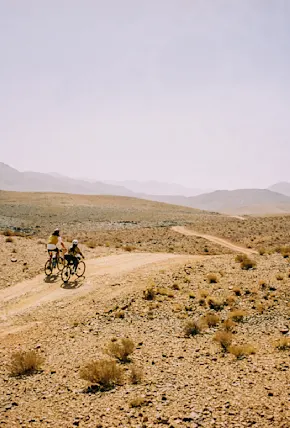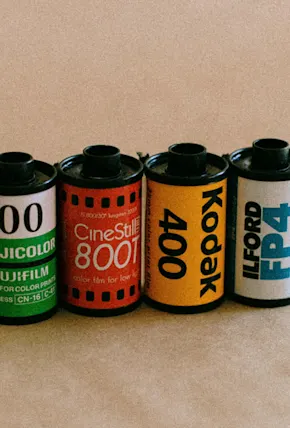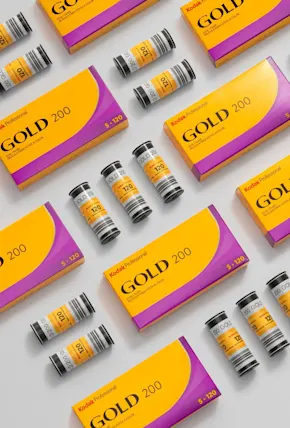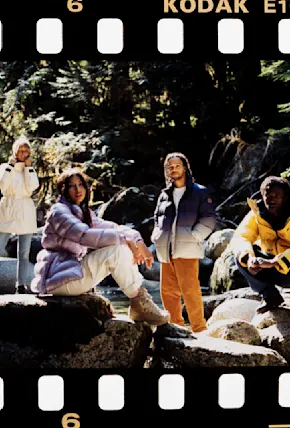Michael Walther is a professional stand up paddler, adventurer, environmental activist and co-founder of climate change-focused Zero Emissions Project, based in Germany.
Daniell Bohnhof is a German photographer and producer based on Spanish island of Gran Canaria. Follow Daniell on Instagram.
I can see them in front of me. Rugged icebergs carved from centuries old ice. I am surrounded by silence, the sheer endlessness of the polar region. No souls, far and wide, only nature and myself. I like it this way. This could be because I am originally from a small island of the coast of Germany, that Greenland, the world's largest island, magically attracts me.
In May 2017 I came up with the idea to travel the ancient "Great Route,“ as Greenland’s Inuit ancestors travelled for generations before them. A year later, with my two friends, photographer Daniell Bohnhof and filmmaker Maximillian Stolarow, we enter Greenland to get in touch with locals and track how climate change is affecting the high north.















